L’catnip (Nepeta cataria) is a plant belonging to the family of Lamiaceae. This botanical belonging suggests that it is, in hindsight, an aromatic plant. The term cataria comes from the Greek katta=catbut the plant is also known as cat girl or cat grassin English catnip. The reason for all these references to our four-legged friends is very simple, in fact cats are very attracted to this herb, as it contains the terpenoid nepetalactone, which exerts a strong nervous stimulation on felines. But this herb is also rich in beneficial properties for humans, which can be easily exploited in home herbal medicine.
In this article, therefore, we learn more about the botanical characteristics of the gattaria, the cultivation techniques in the garden, and, finally, the properties and effects on both cats and humans.
Regional names for catnip
The cat is present spontaneously throughout Italy (more in the central-northern regions) and is often cultivated. As a demonstration of its local diffusion, we see the most common regional names with which the plant is called: mentastro in Liguria, cathar mint and grass dij gat in Piedmont, gatela grass in Lombardy, spitting grass in Veneto, gata grass in Emilia, catnip grass And hairy nettle in Tuscany, wild mint in Lazio, hairy redhead in Abruzzo, cats mint in Puglia, citruledda servaggia And sampadilia in Sicily.
Botanical characteristics of the Nepeta cataria
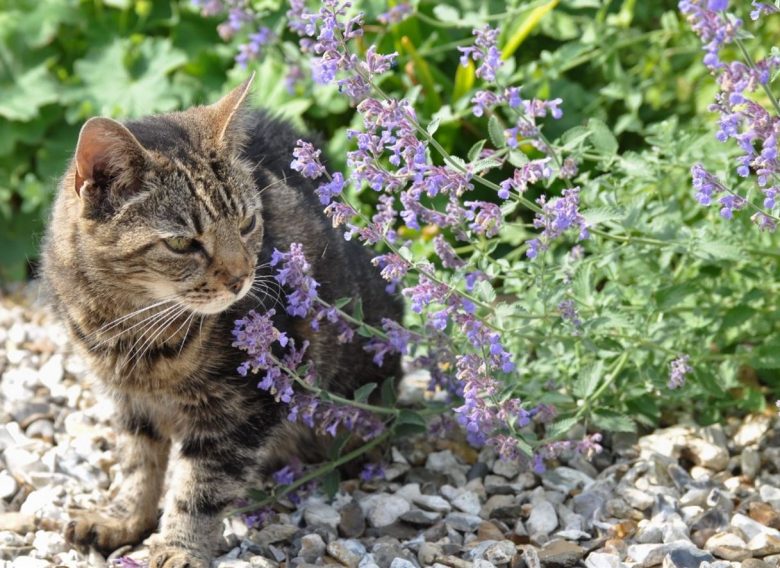
There Nepeta cataria is a perennial herb with the biological form of scapose hemicryptophyte, that is a perennial plant that survives thanks to the presence of buds placed at ground level. The root system consists of a small rhizome and secondary roots. Stems are born from the rhizome, erect, with a quadrangular section, quite branched, very hairy. Overall, the plant does not exceed 15-20 cm in height, but it expands very intensely in a cushion.
Leaves
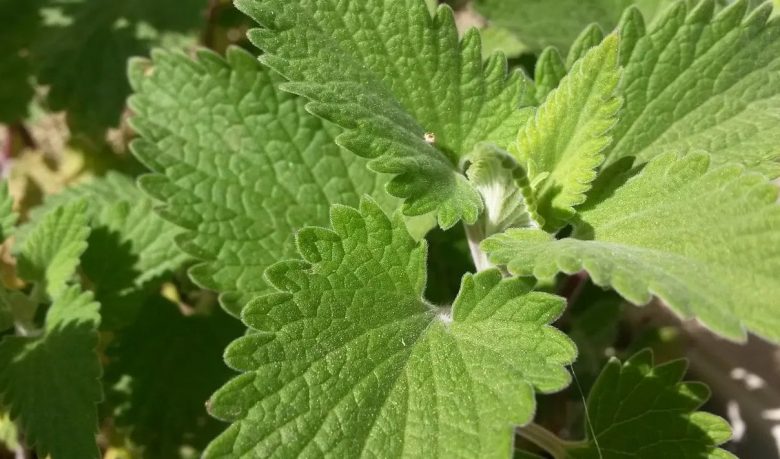
The leaves of catnip are very fragrant and their smell is reminiscent of mint. They all have petioles, greenish in color on the upper side, almost white in the lower one due to the presence of a thin layer of hair. The shape is oval, heart-shaped, with a hollow base and acute apex, toothed leaf margin. The leaves along the stem are gradually smaller.
Flowers
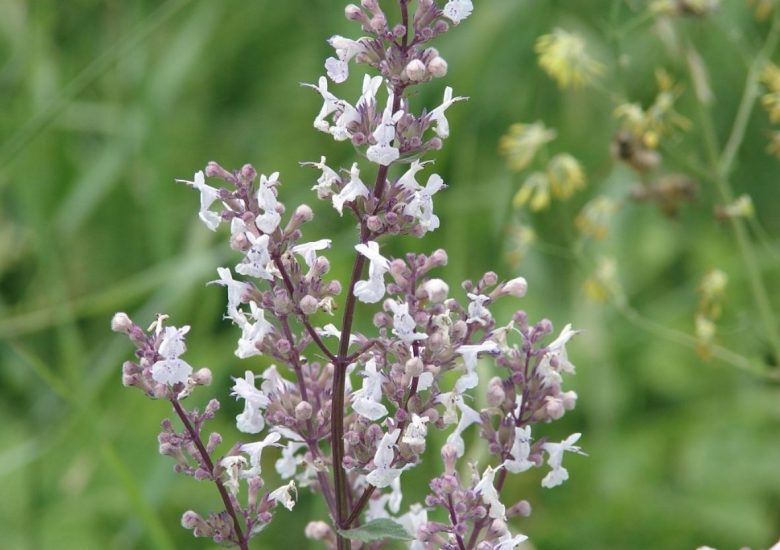
The flowers of the gattaria are grouped at the axil of the upper leaves and form a kind of spike at the apex of the stem and lateral branches. Each flower has two thin bracts at the base. The calyx is tubular, slightly widened at the base and terminated by five thin teeth, of which the upper one is longer than the others. The corolla, also tube-shaped, is divided into two lobes at the fauce. The superior is erect and bifid. The inferior is in turn divided into three lobes, two small lateral and one median concave and variously wavy at the margin. The color of the flowers is pinkish-white, sometimes purple.
Flowering occurs in late spring and lasts all summer, the plant is regularly visited by bees.
Fruits
The fruit of the Nepeta cataria it is made up of four ovoid achenes, brown in color and with a smooth surface, enclosed in the persistent calyx.
How to grow cat grass in the garden
Catnip is a rather rustic plant, similar in species to other aromatic plants such as: rosemary, mint, thyme, marjoram, sage, Origan And lemon balm. It grows spontaneously even in the mountains, so it does not fear the winter cold as it enters vegetative rest. It can therefore be grown anywhere, both in open ground and in pots.
A sunny exposure is recommended, possibly in partial shade. We remind you that the Nepeta cataria it is a perennial plant, so dedicate it to a corner of the garden where it does not bother other plants and can grow freely.
It fits well in all types of terrain, except for those that are too clayey and compact, which give rise to water stagnation. Too heavy basic fertilizations are not necessary, in the limit, if the soil is very poor, it is possible to amend earthworm humus to the soil.
Sowing catnip
The cat can be grown starting from the seed (which found on sale in specialized stores). Sowing must be done in spring, not going beyond the month of May. It can be sown directly in the ground, with the broadcasting technique, lightly burying the seed, which will then be thinned out at the moment of germination. Or it is sown in small pots of 10-12 cm in diameter, then raising the seedlings in pots for the first time, until they have grown at least 10 cm. For sowing in pots it is recommended to use universal soil mixed with 10% of fine sand.
Transplant
It is even easier to start the cultivation of catnip by transplanting seedlings purchased in the nursery or grown in our jars starting from the seed. For optimal development, it is advisable to leave at least 30 cm of space between one plant and another. If, on the other hand, you opt for the cultivation in pots, it is advisable to choose wide and deep containers.
Subdivision of the tufts
Another multiplication technique for catnip is the subdivision of the tufts. The operation must be done in early spring, removing the mother plant with the spade. Then, untangling by hand, the rhizome is divided into several parts. We will thus have new seedlings that will easily resume the vegetative cycle and that we can plant in pots or directly in the ground.
Irrigation
Catnip irrigation is not normally necessary, as the plant is very resistant to drought. However, it is advisable to give a little water the first year to seedlings planted in the ground, especially when natural rainfall is scarce or absent in summer. Different speech for plants grown in pots, which need more regular water assistance.
Pruning
More than pruning, we can talk about cleaning catnip. At the end of summer, when the plant has withered, the stems can be shortened to 5-10 cm from the ground and the dry leaves removed.
Parasites
There Nepeta cataria it is a species immune to attacks by parasites, indeed, due to its strong smell it is an excellent repellent for insects, therefore perfect to keep in the garden to protect other plants from unwanted guests.
Collection and storage of catnip
In herbal medicine, for human use, the useful parts of catnip are the flowering tops. These should be harvested in summer, cutting off the upper part of the plant. The drying is done in thin layers, in a shady and airy place. Once dried, the flowering tops are preserved very well in glass jars.
Properties of catnip
The main constituents of catnip are preserved in its essential oil, which contains: nepetalactone and epinepetalettone (terpenoids), menthol, thymol, camphor, pulegone, carvacrol. In addition to these volatile substances, contained in the essential oil in the gattaria we find: flavonoids, tannins and saponins. From these active ingredients derive the following beneficial properties: flavoring, aperitif, digestive, antispasmodic, sedative, sweat, antiseptic.
Indications for human use
Cataria is an all-round aromatic and officinal plant. As mentioned it is valid both for human use and for cats, albeit with different effects.
For human use, the Nepeta cataria it is renowned for its sedative virtues, capable of solving problems related to insomnia and nervous arousal. The sedative and antispasmodic action is also used to sedate stomach and intestinal cramps, to regulate the menstrual phase and calm the tension and painful phase that sometimes accompany it.
By virtue of its content in essential oil, cathartic and mildly antiseptic properties of the respiratory tract for internal use are attributed to cataria, as well as the ability to stimulate skin circulation and disinfect the skin for external use.
Popular tradition
There popular tradition statesfinally, that the fresh leaves of chewed cataria do pass the toothache, and this could be explained by the strongly vasoconstrictive action of menthol and its counterparts which are actually present in the flowering tops and in the leaves.
At home, it’s simple prepare an infusion with the catnip collected in the garden and dried. In fact, it is sufficient to use 2 g in 100 ml of water for preparations for internal use, and 6 g for those for external use.
Catnip and our 4-legged friends
But now let’s see why catnip is famous. As mentioned, the essential oil contains nepetalactone, a terpene with odorous notes similar to those of cat pheromones. Sui This interaction in felines has stimulating effects on the nervous system. Almost all cats are attracted to the plant, although there can be more or less showy reactions, with young individuals being more sensitive.
Usually the cat begins to smell the leaves of the plant, then rubs and purrs on them, plays with them, licks and nibbles them. The cat seems satisfied and interested, it can roll on the ground or purr, run and play, meow, in practice show an active and positive reaction, almost excited. These effects last on average 10-15 minutes from contact with the plant, after which the animal loses interest. It is easy to return after a few hours.
Is catnip addictive?
No particular side effects have been reported in the prolonged contact of the cat with the Nepeta cataria. However, if the animal eats it often, it can become addictive and not exhibit any active behavior.
The gaming industry takes advantage of this feline attraction to catnip for classic games, using the plant’s aroma to create interest. At home we can take advantage of this mechanism to make the cat accept a new bed and in general to stimulate animals that are too lazy.
Confusions with other cat plants
There Nepeta cataria it’s not the only plant nicknamed catnip. Another very common is the Valeriana officinaliswhile on the market it is easy to come across the classic filiform catnip. Botanically these are grasses (barley, rye, wheat, oats) grown dense, in suitable clods, bowls or mixtures of seeds, more properly we should talk about cat grass. Our felines eat these herbs to aid in digestion and provide beneficial nutrients, but this has nothing to do with the effects of real catnip, which is the subject of our article.

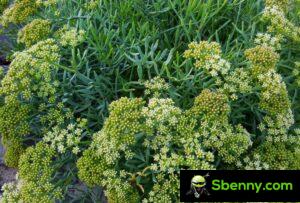
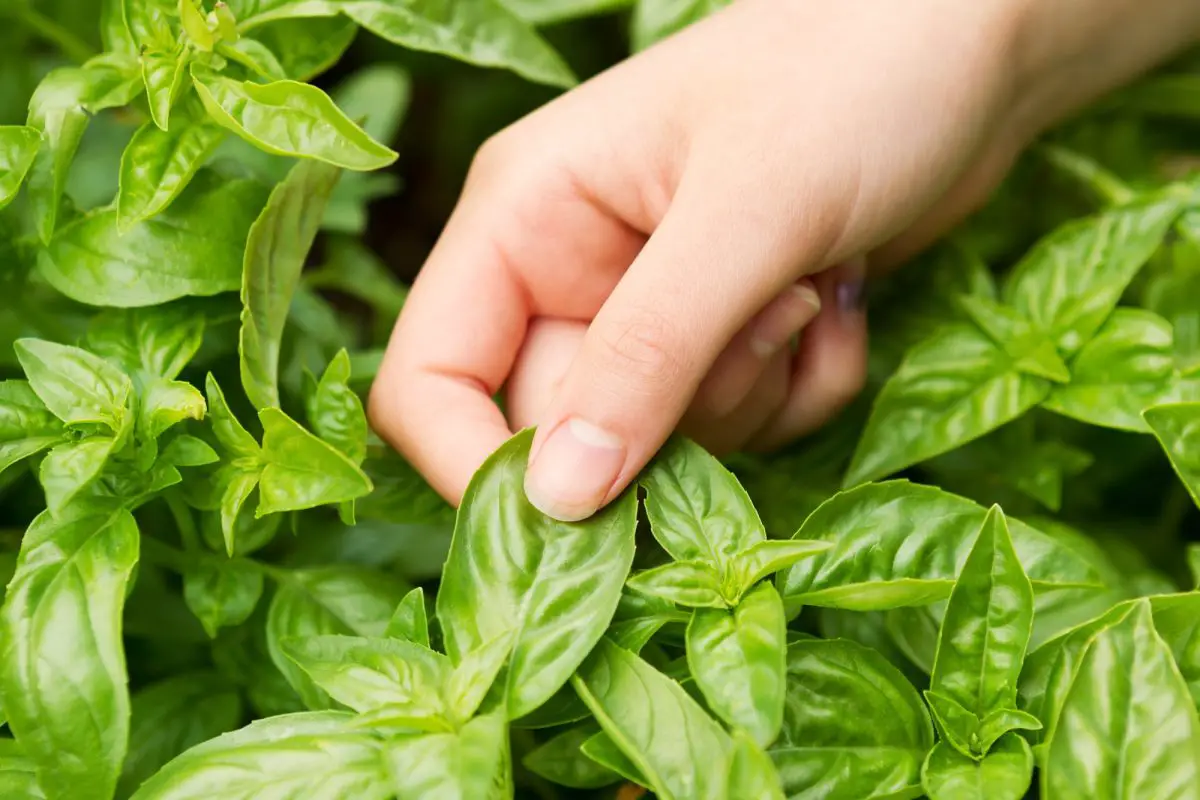
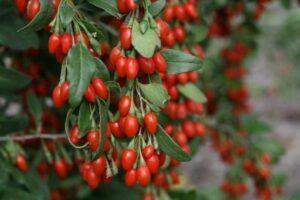
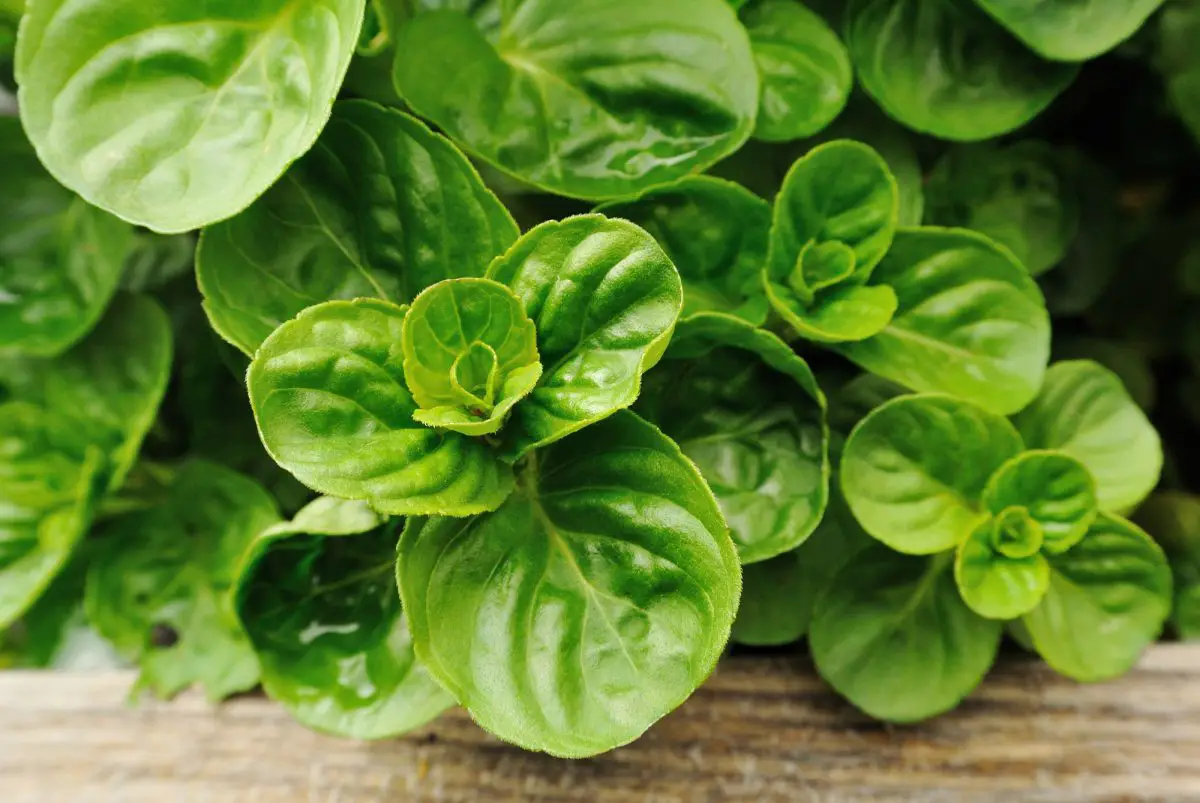
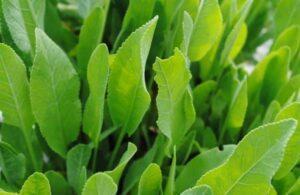
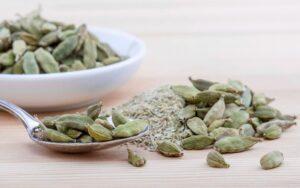
Start a new Thread